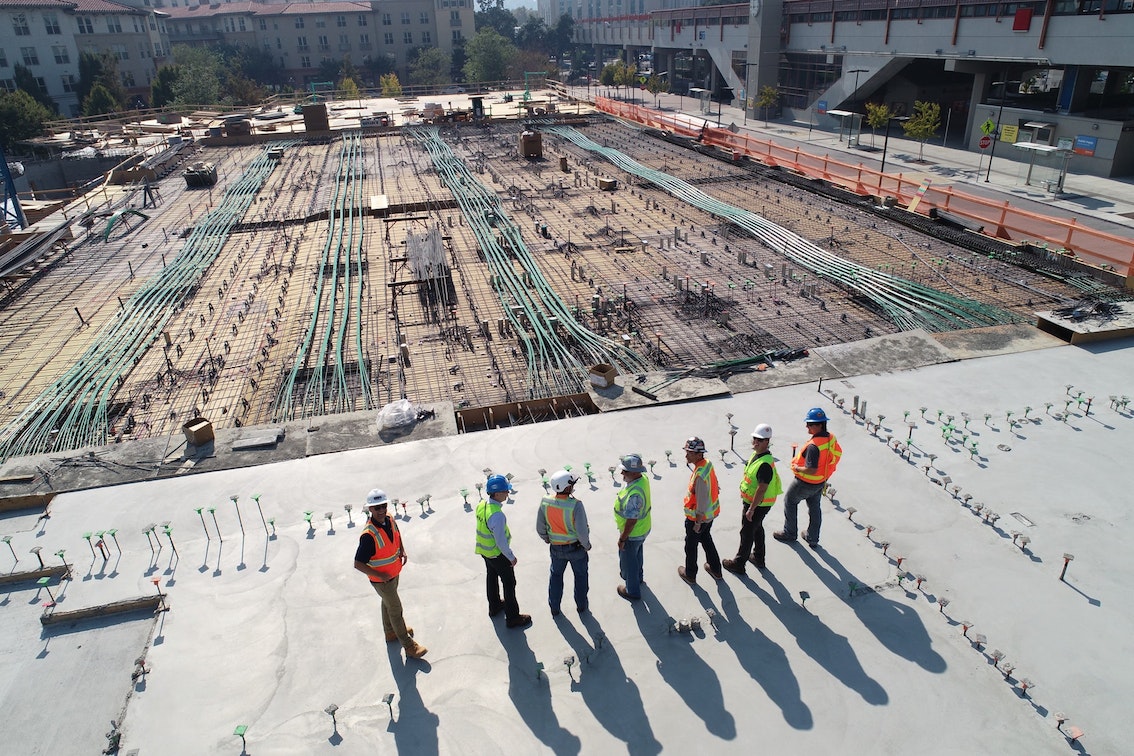
It’s natural for people’s eyes to glaze over when they’re told to do or think about something that someone else believes is important and worthy.
In an era of “culture wars” and “wokeness”, when aspects of speech and thought are contested, sometimes confusingly, it can be tempting to sidestep issues like diversity and hope it just sorts itself out.
But for their sakes I hope construction business leaders take a look at the CIOB’s new diversity charter and special report, published today. It sets out five basic steps that any company can take to begin increasing diversity in their workforce, and to make their company culture more inclusive.
As the CIOB says, this will be a good thing not primarily from a political or moral point of view – though it is those things – but from a business one.
The logic is simple. In many countries around the world where the construction industry workforce is predominantly white, male and ageing, there are simply not enough skilled people available, including tradespeople, professionals and management. That translates directly into not enough capacity to do what construction companies make their money doing.
It leaves them vulnerable to delays, defects and ballooning staff costs, hampers their ability to win and successfully deliver new work, and makes their people stressed, burned out and eager to leave, creating a distinctly unvirtuous circle.
Until now, companies have contented themselves with established recruiting approaches that replenish the workforce without changing its demographics. But on their own, those approaches are no longer sufficient.
So, companies face a choice: intensify established recruiting approaches to up the supply of young white men, or throw the net wider and attract talent from the population at large, including ethnic minorities and that half of the population that is not male.
The former approach promises small returns, the latter, much bigger ones. As observed by Rick Willmott, chief executive of UK contractor Willmott Dixon, when it comes to gender the industry has been “fishing in 50% of the gene pool for too long”.
Since 2014, management consulting giant McKinsey has been tracking gender and ethnic diversity in companies around the world, mapping those outcomes against business performance, and the evidence is clear: more diverse companies in any sector enjoy higher profitability than less diverse companies. Why should construction be different?
“The debate is over. The business case has been made,” says Mark Harrison, equality, diversity and inclusion champion at the CIOB.
• Rod Sweet is the editor of GCR
Further reading:






